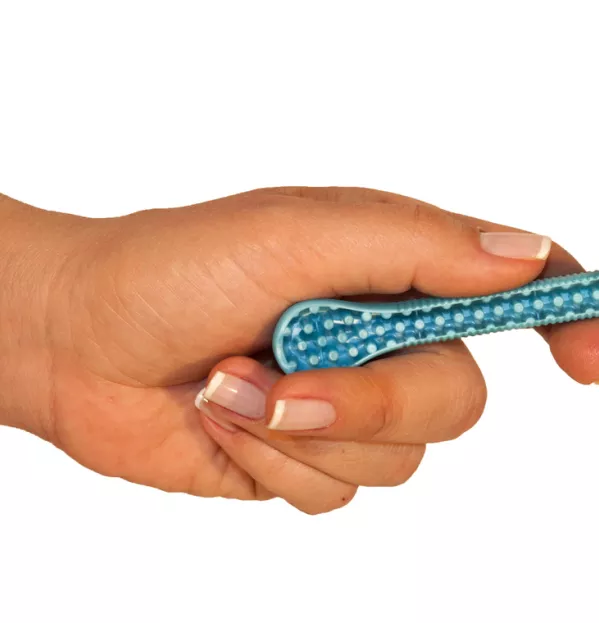Gwyneth Paltrow works “a ’70s vibe”, Miley Cyrus has dyed hers pink and Kate Winslet waxed so much she had to wear a merkin for a film.
Yes, we’re talking pubic hair. What does this have to do with education, you may ask. The answer is that it doesn’t - or it certainly shouldn’t.
But this week, its presence, or rather its absence, in a GCSE textbook sparked outrage. An illustration of a woman sporting a Brazilian, a “landing strip” of pubic hair, caused consternation (see bit.ly/textbookoutrage).
Of course, whether or how women choose to groom their nether regions is a matter of personal choice, but the issue here is whether there really is choice any more. The incursion of the porn industry into everyday life has turned it into an expectation, one that was simply not there 30 or so years ago.
On the Tube, women have to walk past posters of a woman’s bikini-clad groin at face level that tell them that they can get a wax in their lunch hour. The majority of the comments on recent stories about the University of Cambridge economist who appeared naked to protest against Brexit were not about leaving the EU, or even her nudity, but about her ungroomed pubic hair.
Impossible standards of beauty
Young women are being held to impossible standards of beauty about every part of their bodies. But one place you would expect them to be safe from this is a school textbook.
Moreover, the picture, in International GCSE Human Biology (now removed in the latest edition), is of a pregnant woman. Leaving aside the fact that heavily pregnant women can’t see whether they’ve got a Brazilian or the whole Amazon rainforest down there, why should they even care when they are about to have a baby?
But it seems they now do. A midwife recently wrote a post on Reddit that went viral telling pregnant women not to worry about their pubic hair during childbirth.
How have we arrived here?
Some people have defended the drawing, saying that it is only depicting what many women are already doing. But the point is that that is not what a female pudendum looks like in its natural state. In science, there is a responsibility to teach the facts (and one thing that would certainly help here would be a stronger emphasis on anatomy - many commenters can’t seem to tell the difference between a vagina and a vulva).
It’s already hard enough for young girls (and boys) reaching puberty and feeling self-conscious about the changes happening to their bodies without inflicting this extra misery on them.
Pubic hair removal - the Brazilian, the Bermuda triangle, the Hollywood - is a phenomenon that has been fuelled almost exclusively by porn. Children are being exposed to porn constantly and it is giving them a totally unrealistic and unachievable image of women’s bodies and of what sex is like. And what is especially concerning are the violent and degrading depictions of sex.
A report by the children’s commissioner and the NSPCC noted in 2016 that “a significant minority want to emulate what they have seen in online pornography, and there is a perception, particularly from boys, that what they have viewed is realistic”.
This has led to calls from sex education groups for porn literacy to be taught in schools.
Again, how have we got here? It’s not for teachers to try to neutralise the effects of this pernicious onslaught. It’s a problem that everyone in society needs to address.
We agonise constantly about the mental health of girls and why they worry so much about their appearance, their schoolwork and why they feel they have to be such perfectionists in every aspect of their lives.
But the answer is staring us right in the face. It’s because we scrutinise and judge them on every single inch of their being - literally. That’s the problem - and we’re all part of it.
@AnnMroz
